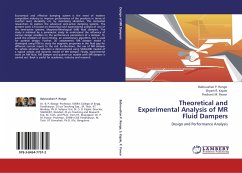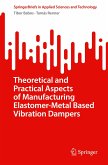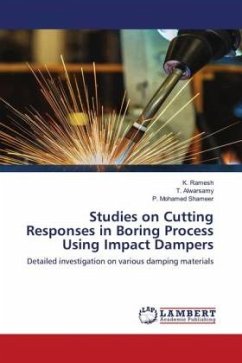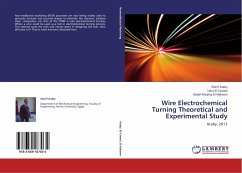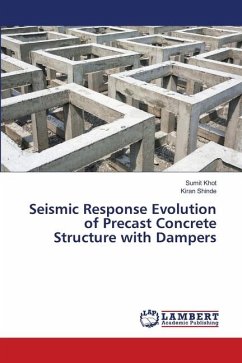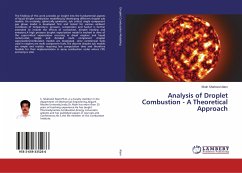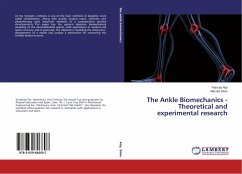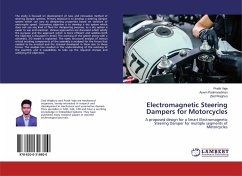Economical and effective damping system is the need of modern competitive industry to improve performance of the products in terms of comfort level, durability, etc. by minimizing vibrations. This motivated researchers to explore the advanced semi-active damping systems. The present work is focused on theoretical and experimental analysis of one of the semi-active systems, Magneto-Rheological (MR) fluid dampers. The study is initiated by a parametric study to understand the influence of various design variables on the performance parameters of a damper. To avoid the problem of local minima, an evolutionary algorithm, GA is used for optimal design. Further, 2D axisymmetric MR damper model is developed using FEM to study the magnetic properties in the fluid gap for different current inputs to the coil. Furthermore, the use of MR damper for vehicle vibration reduction is demonstrated using SIMULINK models of a typical vehicle and dynamic model of MR damper. Finally, experimental work on MR fluid, MR damper and quarter-car models with MR damper is carried out. Book is useful for academics, industry and research.
Bitte wählen Sie Ihr Anliegen aus.
Rechnungen
Retourenschein anfordern
Bestellstatus
Storno

